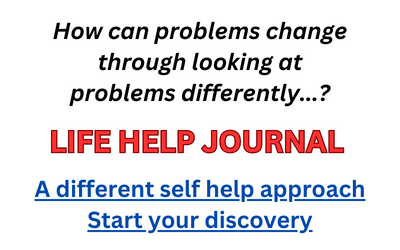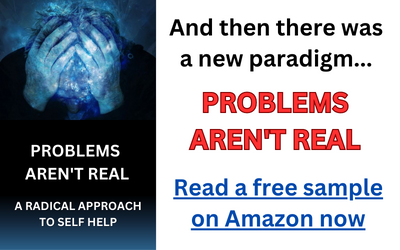Physical exercise has many body health benefits, which have been frequently expressed over time and which most people are probably aware of (at least to some extent). But in fairly recent times physical exercise has been offered as treatment for mental dysfunction, including depression and anxiety. Is this legitimate advice?
Is exercise a legitimate, and effective, treatment for depression and anxiety?
I believe exercise is an effective treatment for depression and anxiety both, but primarily in the short-term. I do not believe exercise is a cure for depression and anxiety, particularly where these conditions are chronic.
Where exercise in and of itself impacts depression and anxiety is through the release of endorphins during exercise, which can produce a calming effect and even a sense of well-being or bliss. If someone exercises frequently enough, and with enough physical impact, this well-being effect can be residual and carry on for longer and longer periods of time.
So why then wouldn’t this be a full cure for depression and anxiety? Because depression and anxiety are not physical conditions and so don’t fully respond, typically, to physical treatments. To put this another way depression and anxiety don’t have a physical cause — they are caused by thinking, and focusing on thinking is where the most effective treatment for depression and anxiety will be found.
Engaging in physical responses, such as exercise or consuming certain substances or agents, can temporarily restrict thinking but this is only temporary. Physical responses like these to cope with depression and anxiety are usually ongoing, and can become habitual and / or addictive in nature. They must be ongoing because their effectiveness as a treatment only lasts as long as the effort is maintained.
They only minimize thinking as long as they are kept up, in other words.
Engaging in physical action is short-term effective, at best, in treating depression and anxiety. So is there an effective long-term treatment? Yes — change thinking patterns.
Without negative thinking — thinking being the key — there is no depressed or anxious response. Know the truth of this for yourself by observing your thinking patterns and how you respond to them. Negative emotions come from negative thinking.
If you end patterns of negative thinking you end negative emotional states like depression and anxiety. It really is that simple.
Here are two ways to end patterns of negative thinking:
1. Impartially observe your mental stream.
When we neutrally watch our thinking and our emotional responses, our mental stream, a gap in the mental stream is created. Neutral watching is imperative because when we watch our mental stream in an analytical or judgmental way we are engaging the very thing we seek to interrupt — thinking.
2. Substitute positive thinking for negative thinking.
Once we reach a point of being aware of our mental stream, versus being unconsciously immersed in it, we can consciously change the direction of this mental stream. All that’s required is to input positive thinking where negative thinking is taking place. Doing this successfully takes time and practice, but it certainly can be done.
(Get more information about observing the mental stream Here. Learn more about conscious positive thinking Here.)
In reality the best sort of exercise for treating depression and anxiety is not physical at all, but rather mental exercise. Try this strategy, and judge the effectiveness of it for yourself.

